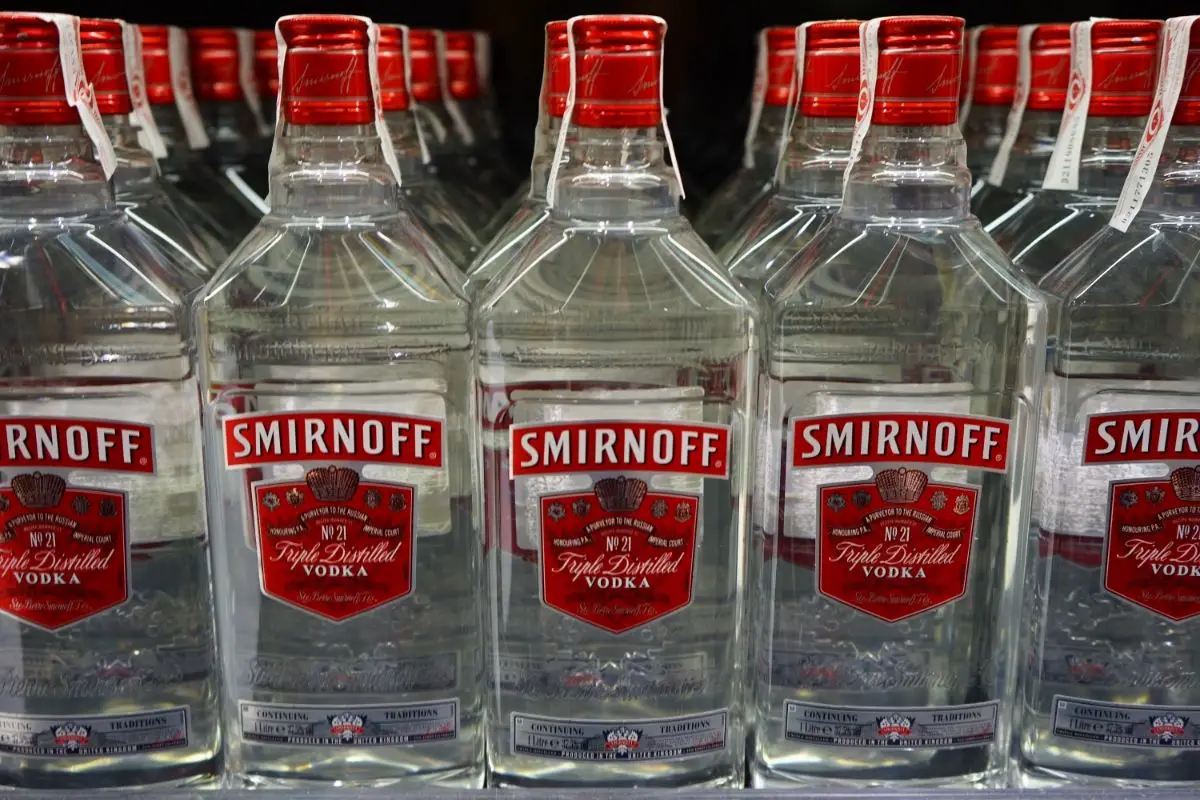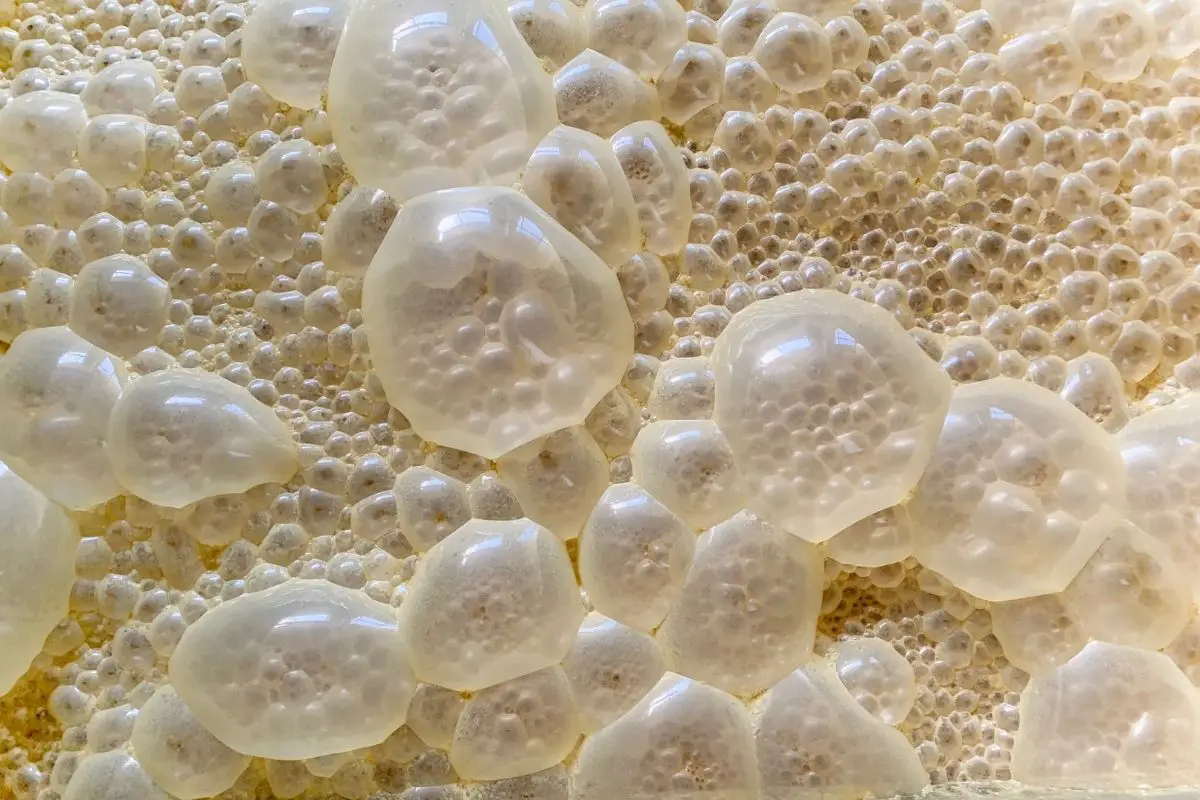Vodka is a very popular alcoholic spirit, perhaps the most popular world-wide. It is very versatile and can be combined with various mixers or used in a variety of cocktails.
This makes it the perfect choice for any occasion, and there is a vodka based drink to suit everyone’s tastes.
If you don’t know what vodka is made from, then you might be surprised to learn that it is often made from potatoes. Grain might be more common, but potatoes impart a more complex flavor. Let’s look at how potatoes are fermented and distilled to create a clear spirit.

Vodka can have different percentages of alcohol depending on how it is made and who makes it. If you want to learn more about making and distilling vodka, we have put together this guide to tell you everything you need to know about the distillation process of vodka.
A Brief History Of Vodka
Vodka has been made for over 700 years. There is some dispute as to whether it originated in Russia or Poland, and some people believe that it was made as far back as the 8th or 9th century. However, there is clear evidence of vodka being used in 14th Century Russia.
Initially, vodka was not a very strong alcoholic beverage. However, as the recipes and methods developed it evolved into the high-proof spirit that we recognize it as today.
Making vodka is quite a precise task, which makes it more challenging to distil vodka at home than it is to make a batch of homemade wine or cider.
The Mash
The first step to an excellent vodka is to create the mash. This isn’t rich and creamy mashed potato like you would eat for your dinner – it is the starting point for your spirit.
The ingredients are simple – 25 pounds of potatoes, 7 gallons of water, and 5 pounds of crushed barley malt.
You need to leave the potato skins on, which means that you must make sure that they are clean. Scrub the potatoes with a brush to get rid of any dirt, but try not to disturb the skin of the potato too much.
Once the potatoes are clean you need to cut them up. The idea is to increase the surface area so that they cook faster. Cubing the potatoes works best.
Once you have prepared the potatoes you can boil them in the water. Make sure that your pan is plenty big enough. 20 minutes of boiling should be the right amount of time to make the potatoes soft enough to mash.
Once the potatoes are soft you can mash them by hand or with a blender. You do not need to drain the water.
Transfer the mashed potatoes into a mash pot – this is a type of pot which is used in vodka distilleries. Some of the water will have evaporated during the cooking process.
You need to check the volume of mash and make sure that you have 7 gallons in total. If you don’t add some more water.
You can then begin to heat the mash to 140 degrees fahrenheit, making sure that you are continuously stirring the mixture.
This is where the process gets a bit more precise. When the mash has reached 140 degrees, it is time to add the crushed malt barley and stir it in thoroughly.
You will then need to keep the mixture at 140 degrees for 20 minutes, stirring it every 4 minutes. After the 20 minutes is up, increase the temperature to 152 degrees fahrenheit.
Stir the mixture twice a minute for 10 minutes, then leave it for another 50 minutes.
At this point, you need to take a gravity reading. If the reading is below 1.065 then you will need to add a bit of sugar to the mixture.
Add it a small amount of time, keeping an eye on the gravity reading until it reaches 1.065.
You can then cool the mixture down to 75 degrees fahrenheit before moving onto fermentation, but leaving it overnight is preferable.
Fermentation

Fermentation is the easy part. Make a yeast starter using yeast, sugar and water, then leave it to double for 20 minutes.
Pour the mash through a strainer into the fermentation bucket so that you keep only the liquid. Add the yeast, then airlock the bucket and leave the liquid to ferment for two weeks.
You will then need to strain the liquid again before moving onto distilling.
How to Distill Vodka
Distilling the vodka is what makes it pure, removing any unwanted elements to leave the best quality final product, ready for consumption.
Start by making sure that the still is nice and clean, putting fresh copper in the column and setting up the condenser with the water input and output. Now your equipment is ready.
You will need to run the vodka through the distilling equipment, heating it up gradually to 170 degrees Fahrenheit. You should aim for the vodka to be coming out at a rate of one to three drops per second.
Want to have your own still but don’t know where to start?
Check out our guide for distilling at home!
Collecting The Vodka
Not all of the vodka that comes out of the distilling process is desirable. Knowing which parts to collect and which parts to discard is very important.
The first 5% of the vodka is not consumable as it is highly toxic due to the concentration of methanol. This is called the foreshot.
The next 30% is consumable, but it will leave you with a horrendous hangover due to the amount of acetone. This is called the heads. This means that the first 35% of vodka should be discarded.
The next 30% of vodka that comes out of the distilling process is called the hearts.
This is the premium part of the vodka, and it is what you want to keep. This is the best part of the run that will be of the highest quality.
The final part of the run is called the tails.
You don’t want to drink this, but you can collect it and run it through the distilling process again to get some more premium vodka out of it.
Summary
The distillation process is fairly straightforward if you have the right equipment. The tricky part of distillation is becoming familiar with which parts of the run to keep and which parts to discard or distil again.
But great vodka starts with great mash, so you need to put some effort into the first stage of the process.
- Vevor Still Instructions - June 12, 2023
- Best Proofing Parrots For Home Distilling - February 1, 2023
- What Is A Porter Beer? - June 12, 2022
